CBL holds rate, shields peg from global storms

SHARE THIS PAGE!
The Central Bank of Lesotho (CBL) has chosen stability over experimentation as it kept the benchmark interest rate unchanged at 6.75 percent per annum, despite rising uncertainties in the global and regional economy.
The decision, announced during the 115th Monetary Policy Committee (MPC) meeting this week, reflects the bank’s cautious approach to navigating external shocks while protecting the credibility of the loti’s peg to the South African rand.
CBL Governor Dr. Maluke Letete said the MPC’s priority remains maintaining the fixed exchange rate regime, which serves as the cornerstone of Lesotho’s monetary and price stability framework.
“The MPC remains prepared to adjust the policy stance should risks to the peg or price stability increase,” Letete said, adding that the bank will continue to closely monitor inflation, fiscal dynamics, Southern African Customs Union (SACU) revenues, and South Africa’s monetary policy direction.
The bank’s Net International Reserves (NIR) fell by US$67.39 million between July 22 and September 12, declining from US$1,120.16 million to US$1,052.77 million, mainly due to net outflows from commercial banks.
However, Dr Letete stressed that the NIR level remains healthy at about 25 percent above the required threshold to safeguard the peg. To maintain this cushion, the MPC resolved to keep the NIR target floor at US$840 million.
“This level is adequate to underwrite the peg and ensure foreign exchange stability,” he said.
On the domestic front, growth remains fragile. Weak demand and a fall in manufacturing output, largely because of reduced textile exports to the United States, continue to drag on the economy.
Preliminary indicators showed slight growth in July 2025, mainly driven by expansion in transport and construction. But Dr Letete warned that medium-term growth will likely moderate further, with export-oriented industries most exposed to global shocks.
Inflation has inched up. The headline rate rose to 4.6 percent in August from 4.4 percent in July, mainly due to higher food prices driven by wheat supply constraints.
The MPC expects inflation to ease slightly in the near term, though pressures remain mixed. “The outlook is balanced, but price stability remains the anchor,” Dr Letete noted.
The committee’s decision to keep rates unchanged is also intended to keep domestic inflation broadly aligned with South Africa’s, a critical step in preserving the peg.
In fiscal matters, Lesotho recorded a marked improvement in July, shifting from a near-neutral balance in June to a surplus of 11.4 percent of GDP. This was largely driven by spending adjustments, even as non-SACU revenues declined.
Meanwhile, the public debt-to-GDP ratio fell to 54.8 percent in May, benefiting from a favourable exchange rate.
Lesotho’s current account balance deteriorated, swinging into a deficit of 4.8 percent of GDP after a surplus in the previous quarter. The shortfall was mainly due to persistently high import demand outstripping exports.
Still, surpluses in the primary and secondary income accounts provided partial relief, helping cushion the external sector.
The MPC’s decision underscores the bank’s conservative stance in uncertain times. By keeping the policy rate steady and reaffirming its commitment to the peg, the CBL aims to provide a predictable environment for businesses and households amid external shocks.
Analysts say the strategy may not stimulate rapid growth, but it ensures that Lesotho maintains financial stability, adequate reserves, and price discipline – critical shields against turbulence in global and regional markets.
As Dr Letete put it: “Stability is our anchor, and credibility is our most valuable asset.”

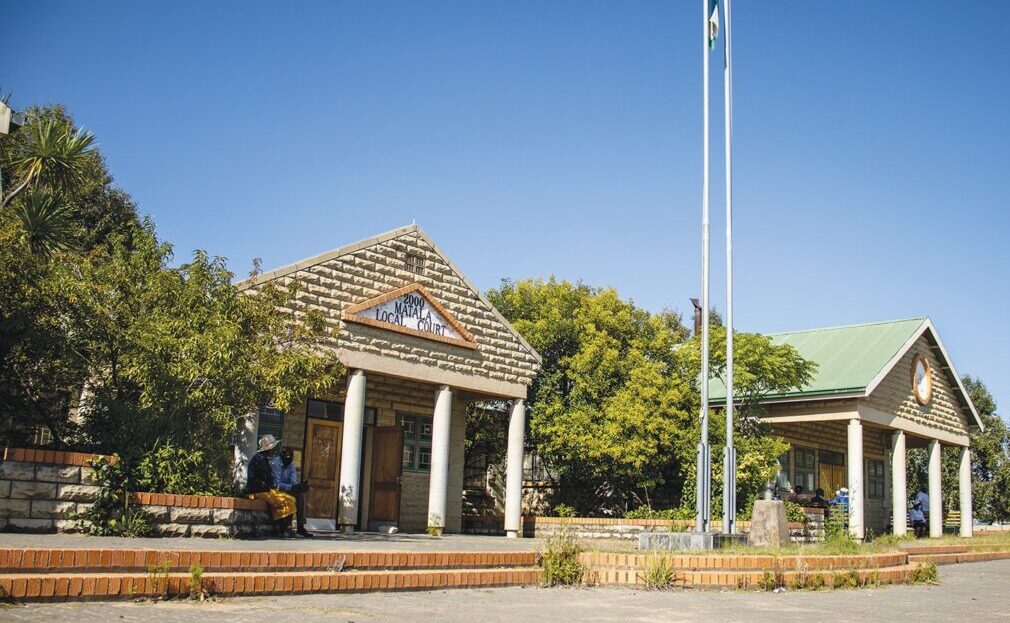
Leggings debt lands woman in court
17 days ago
New pact targets tax compliance, jobs
17 days ago
Lesotho to host first-ever SACC race
18 days ago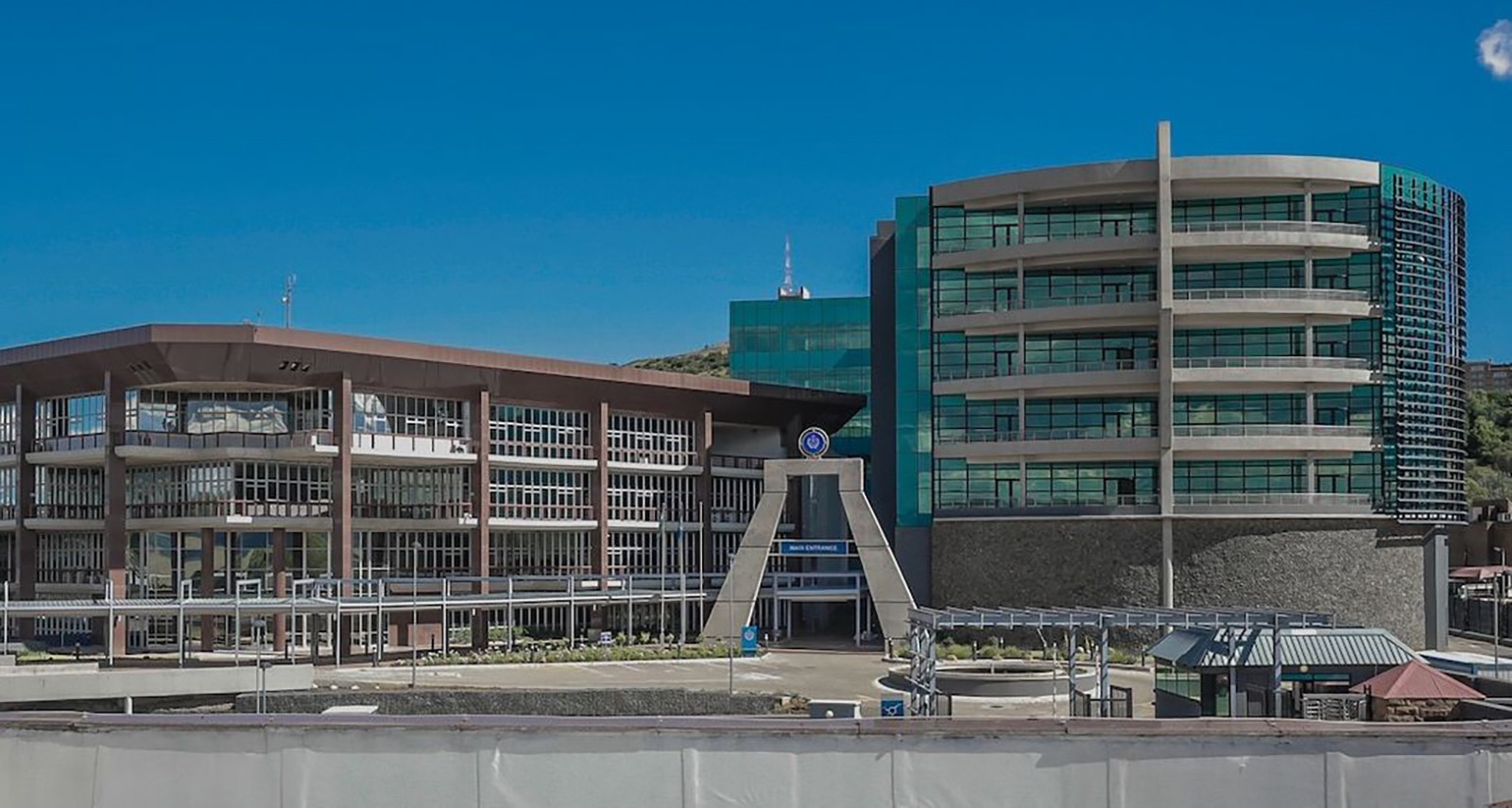
CBL holds rate, shields peg from global storms
18 days ago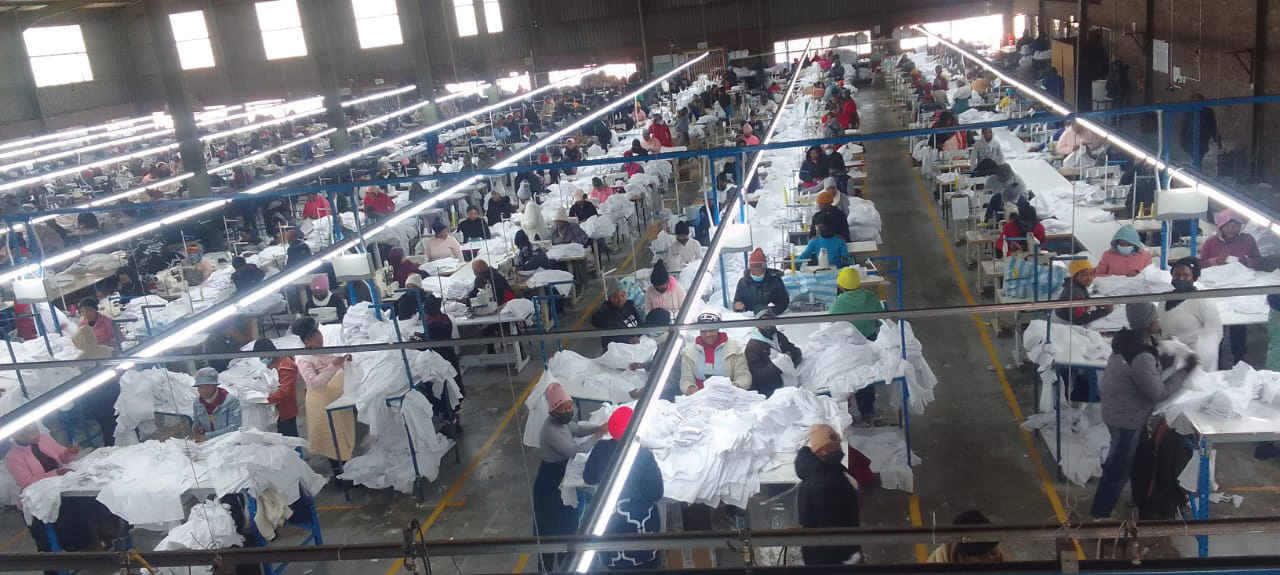
Trade unions cast doubt on AGOA renewal
21 days ago
Nigerian surveyor ordered to vacate govt house
21 days ago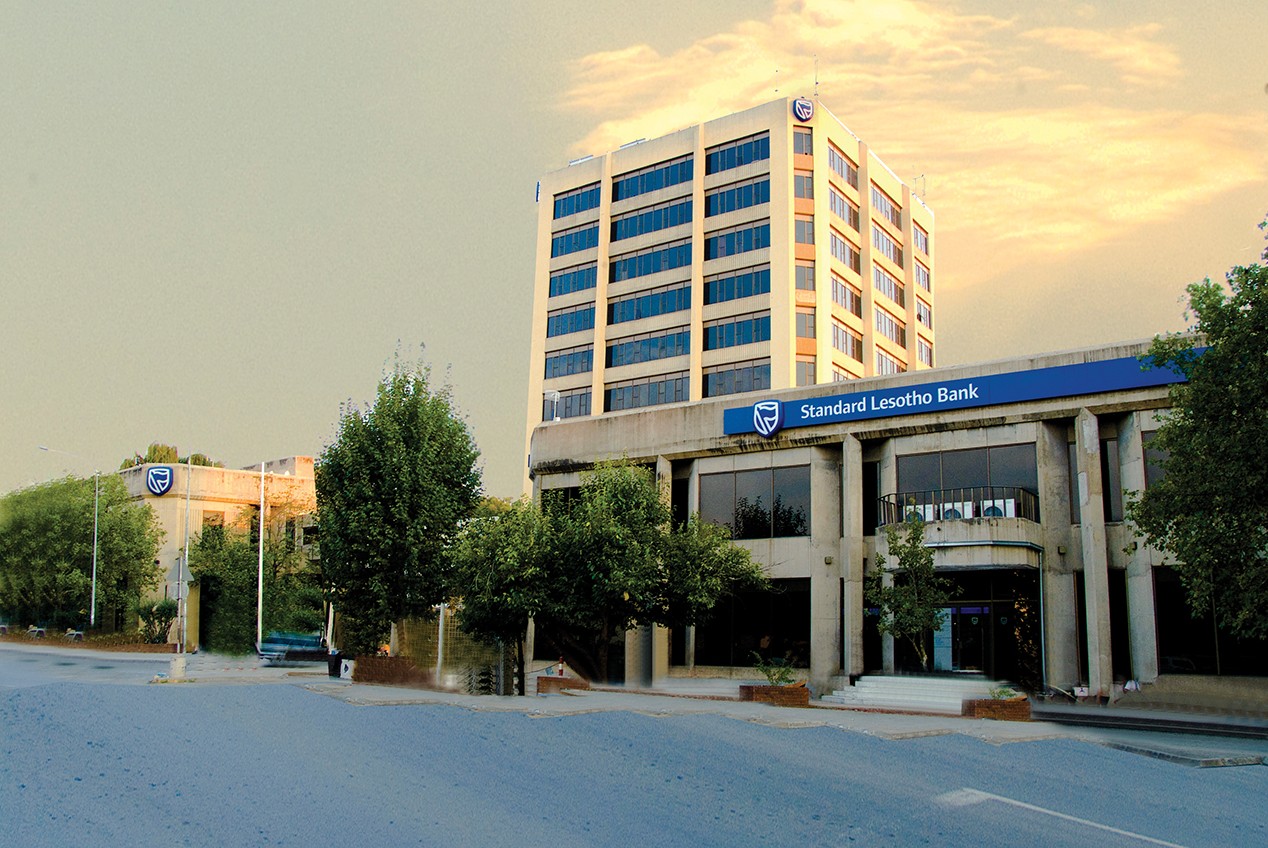
SLB invests M240k through LUCSA partnership
21 days ago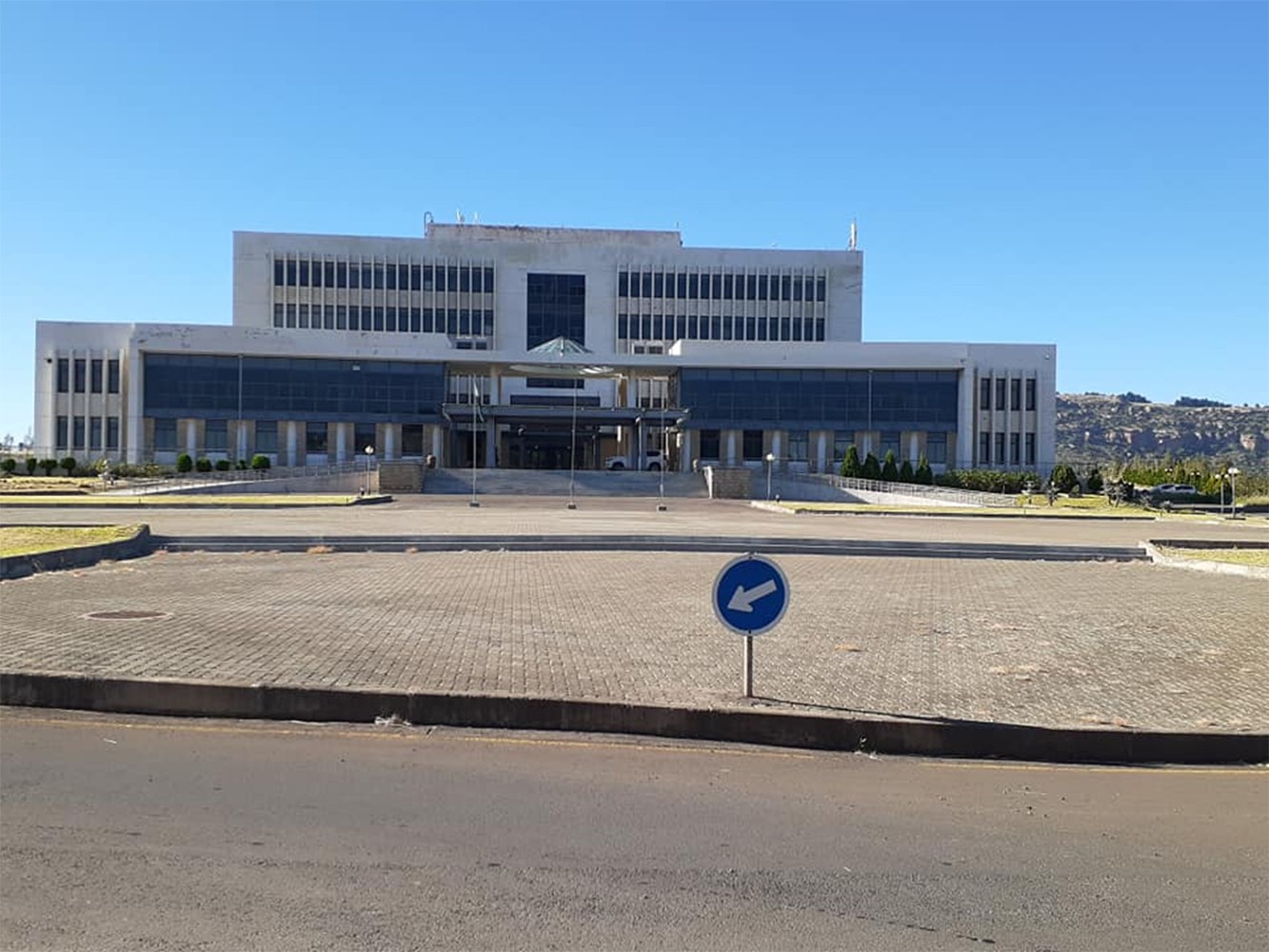
Parly derides finance minister
22 days ago